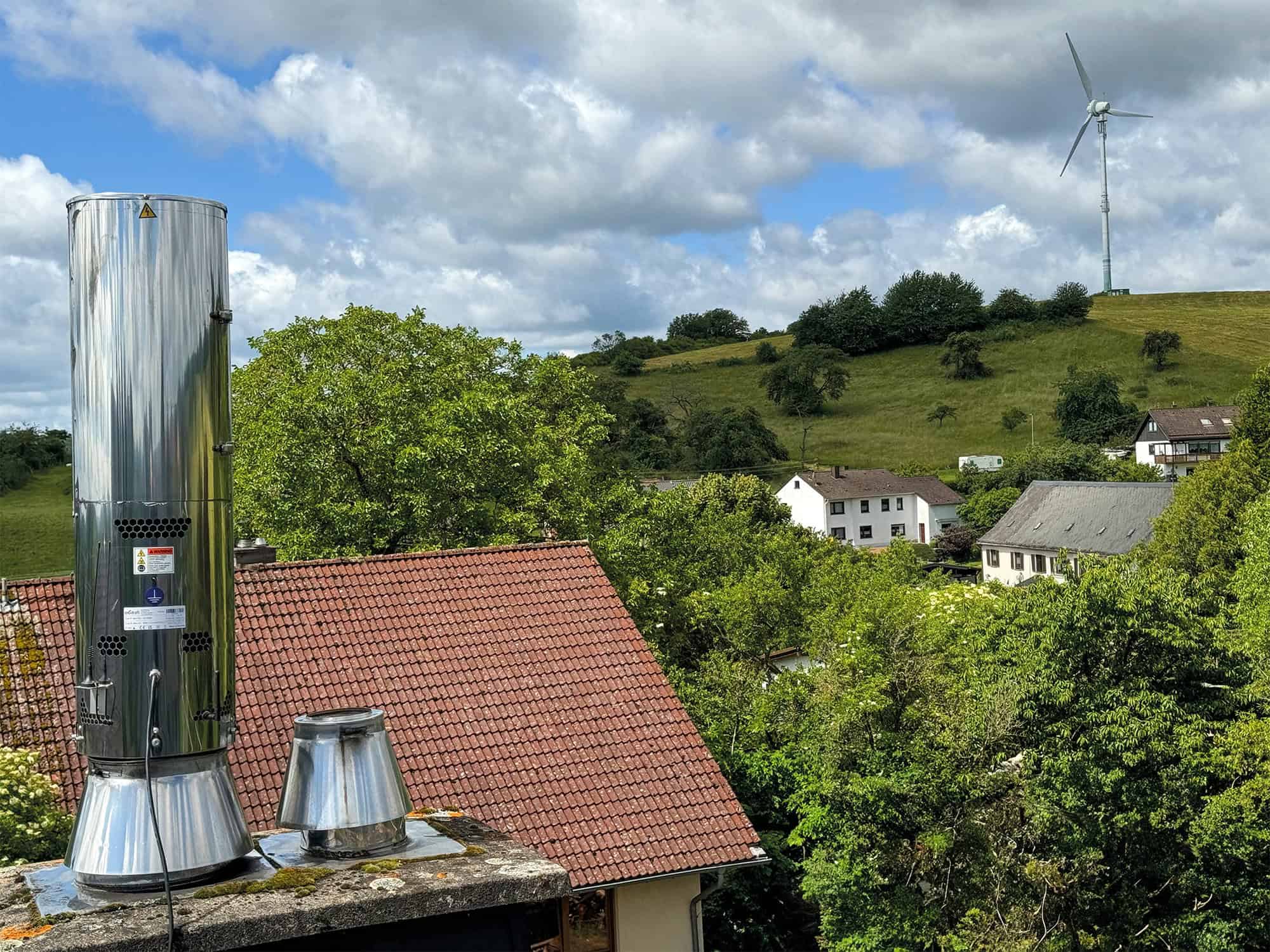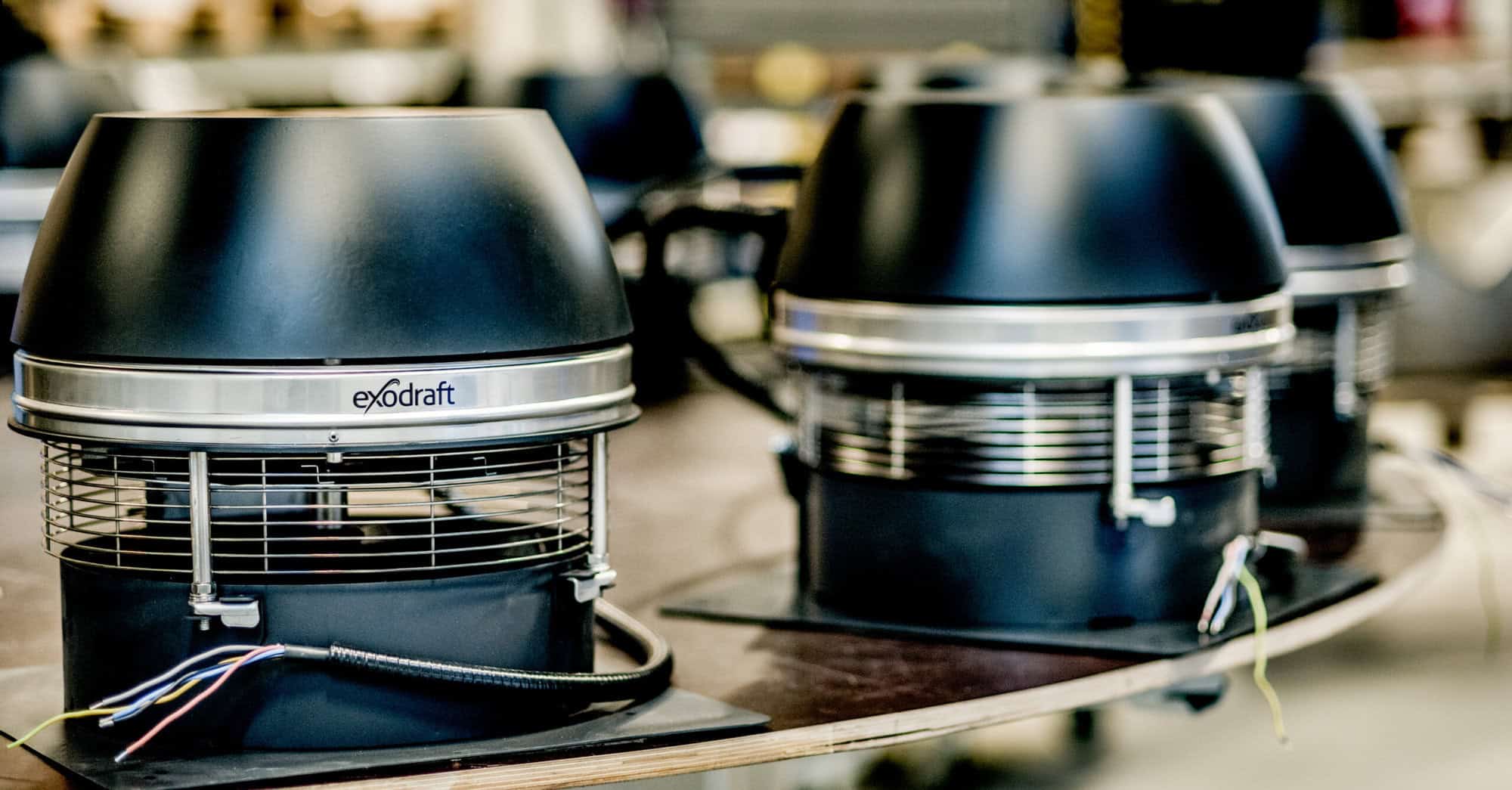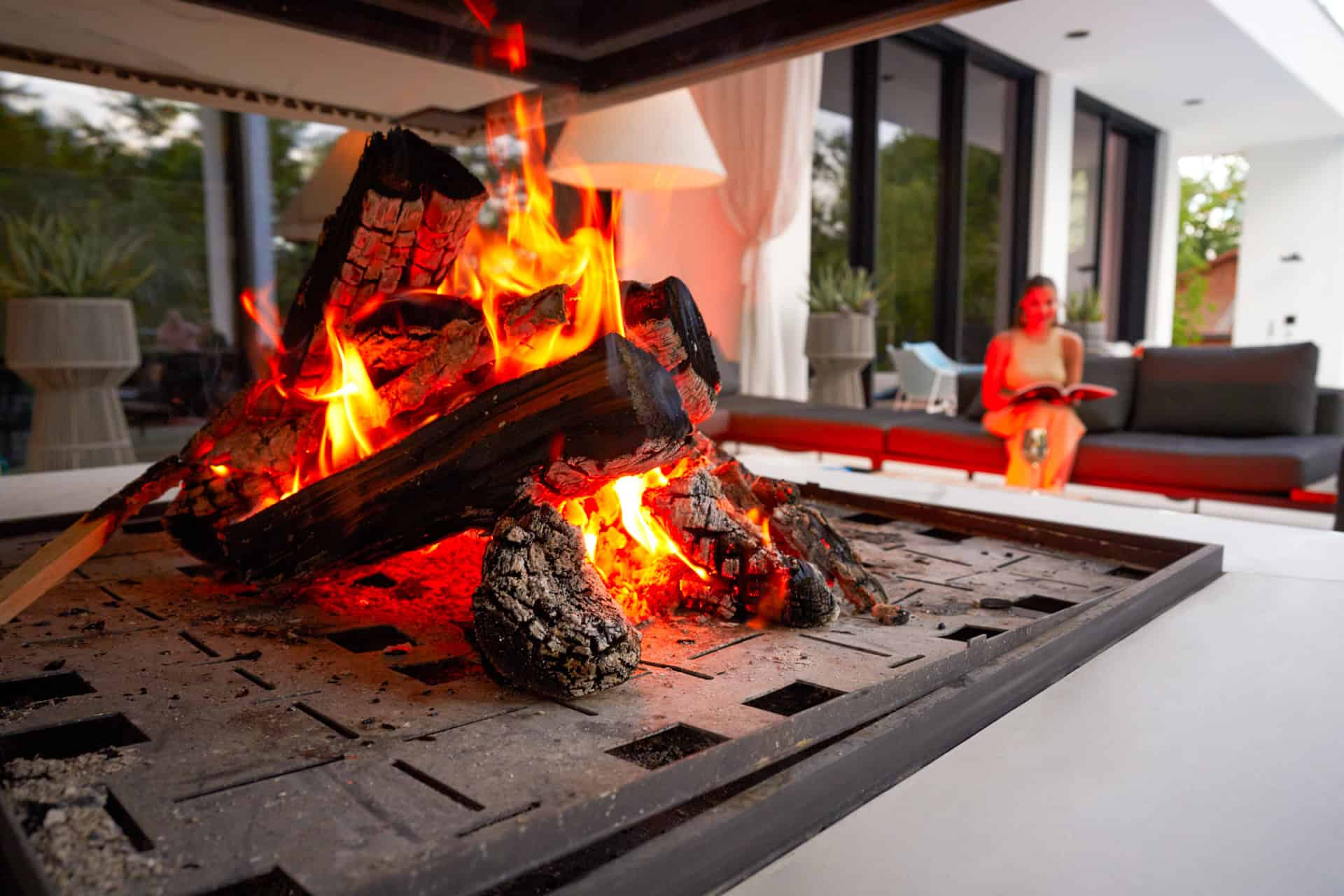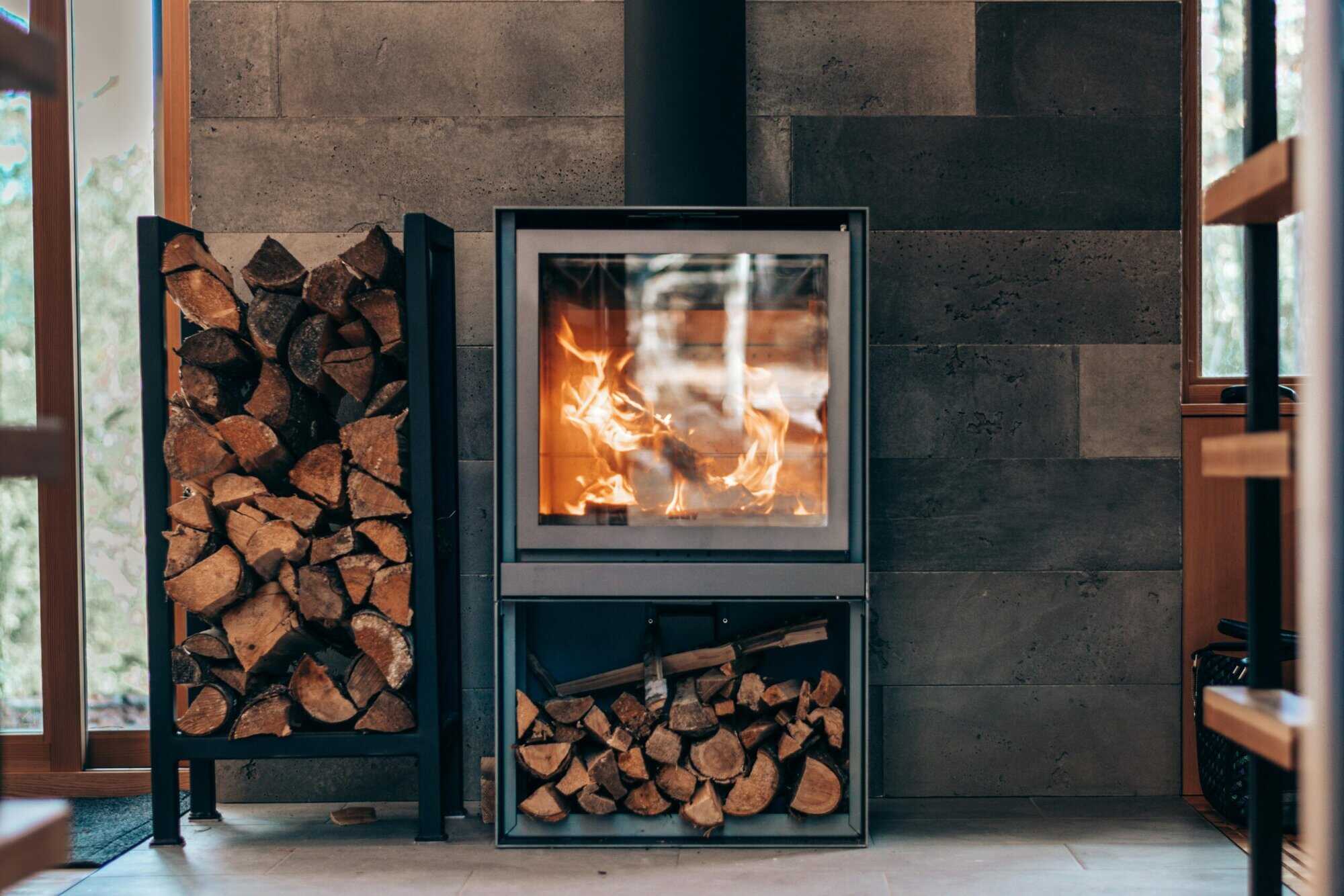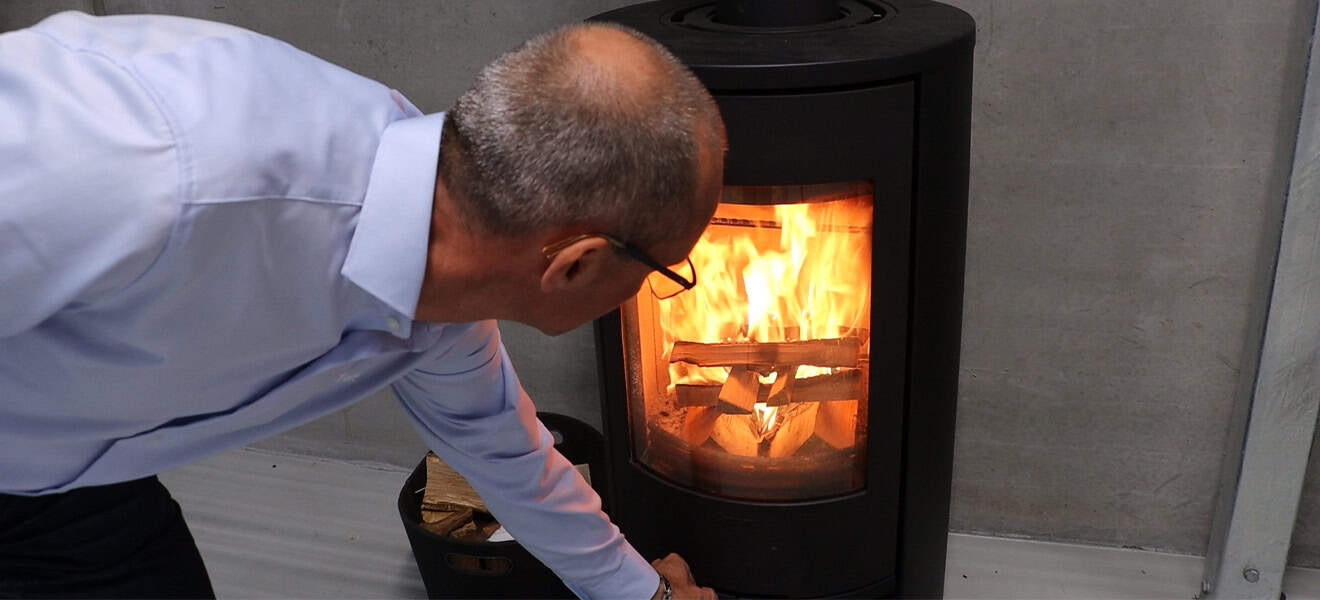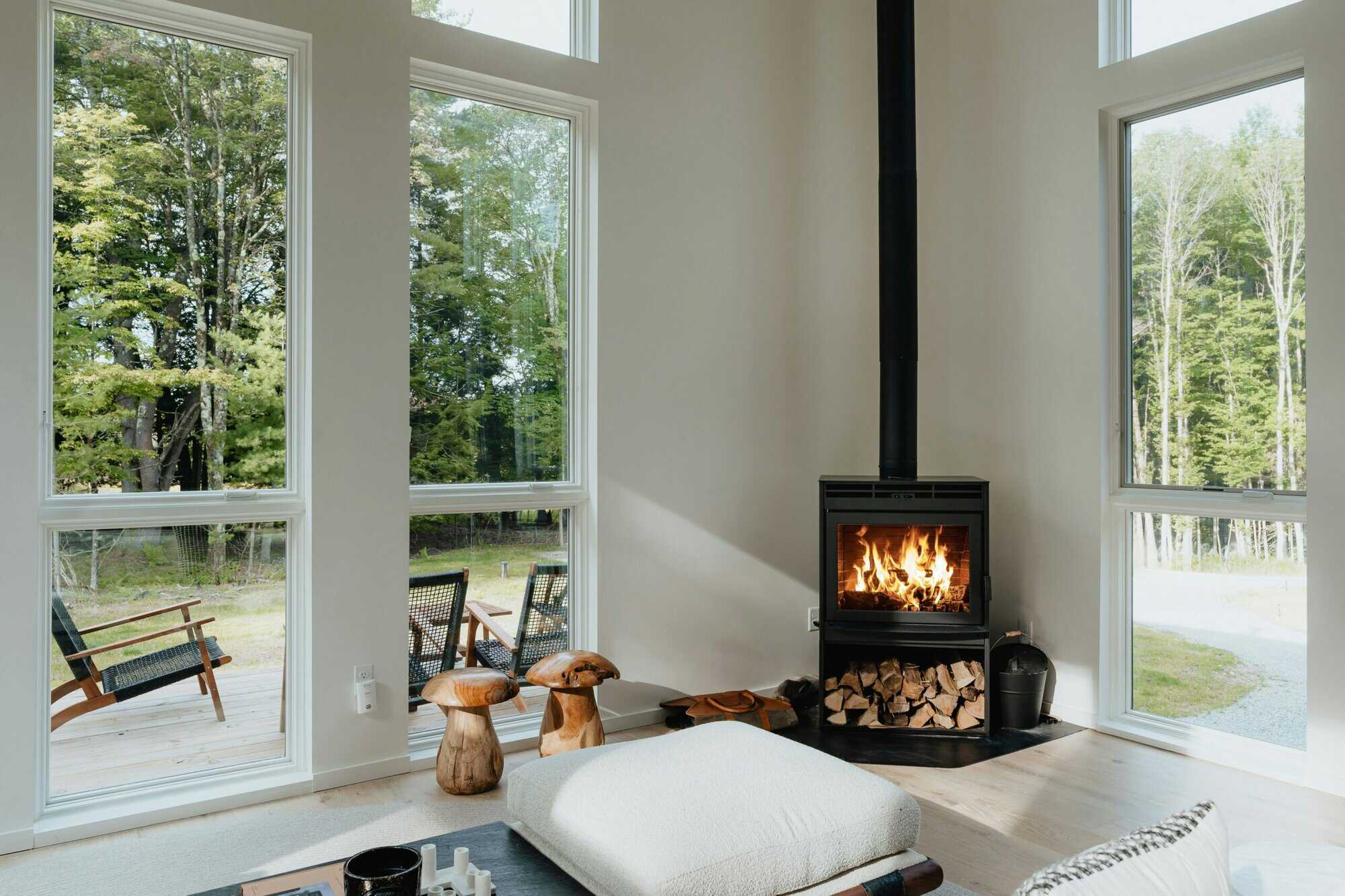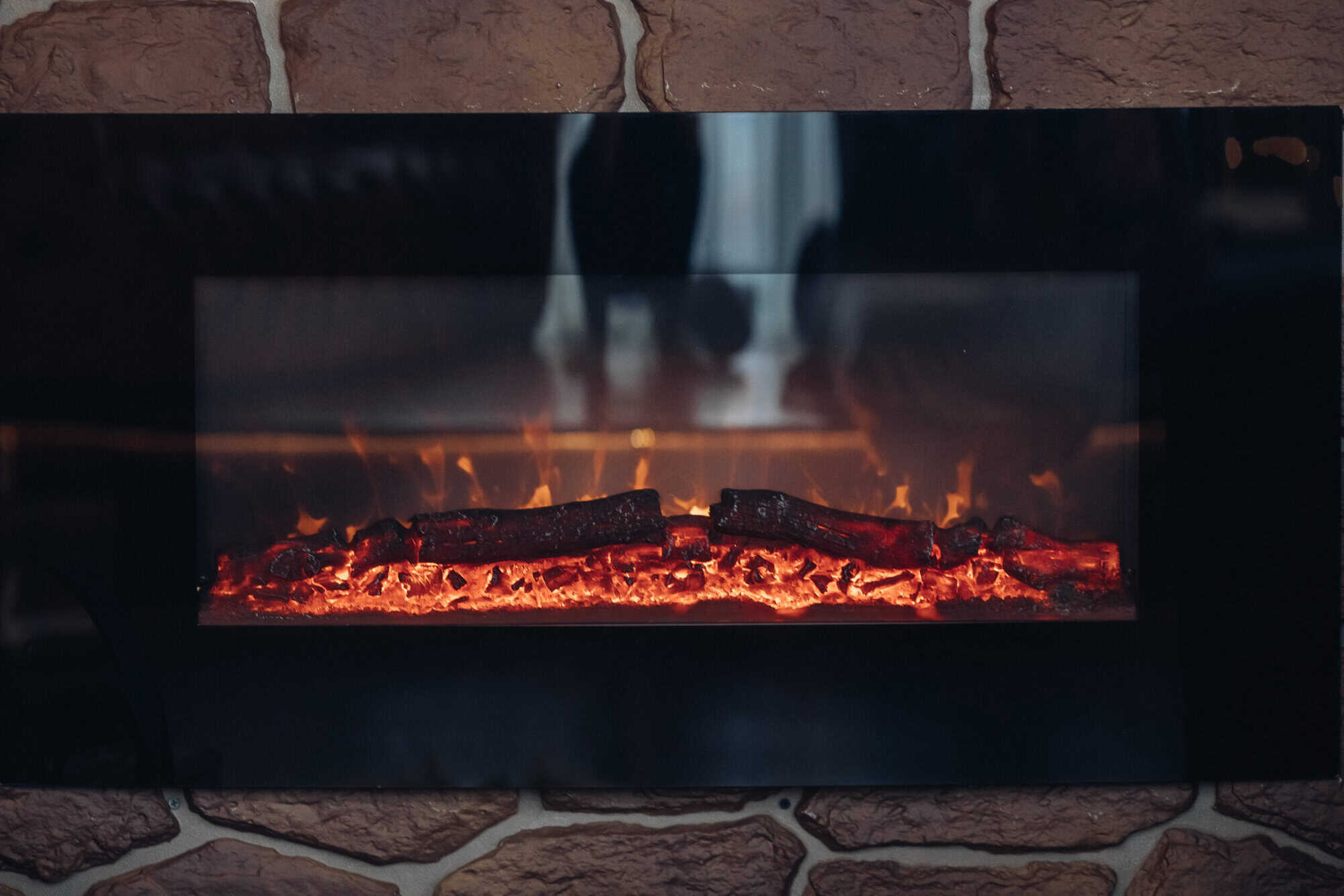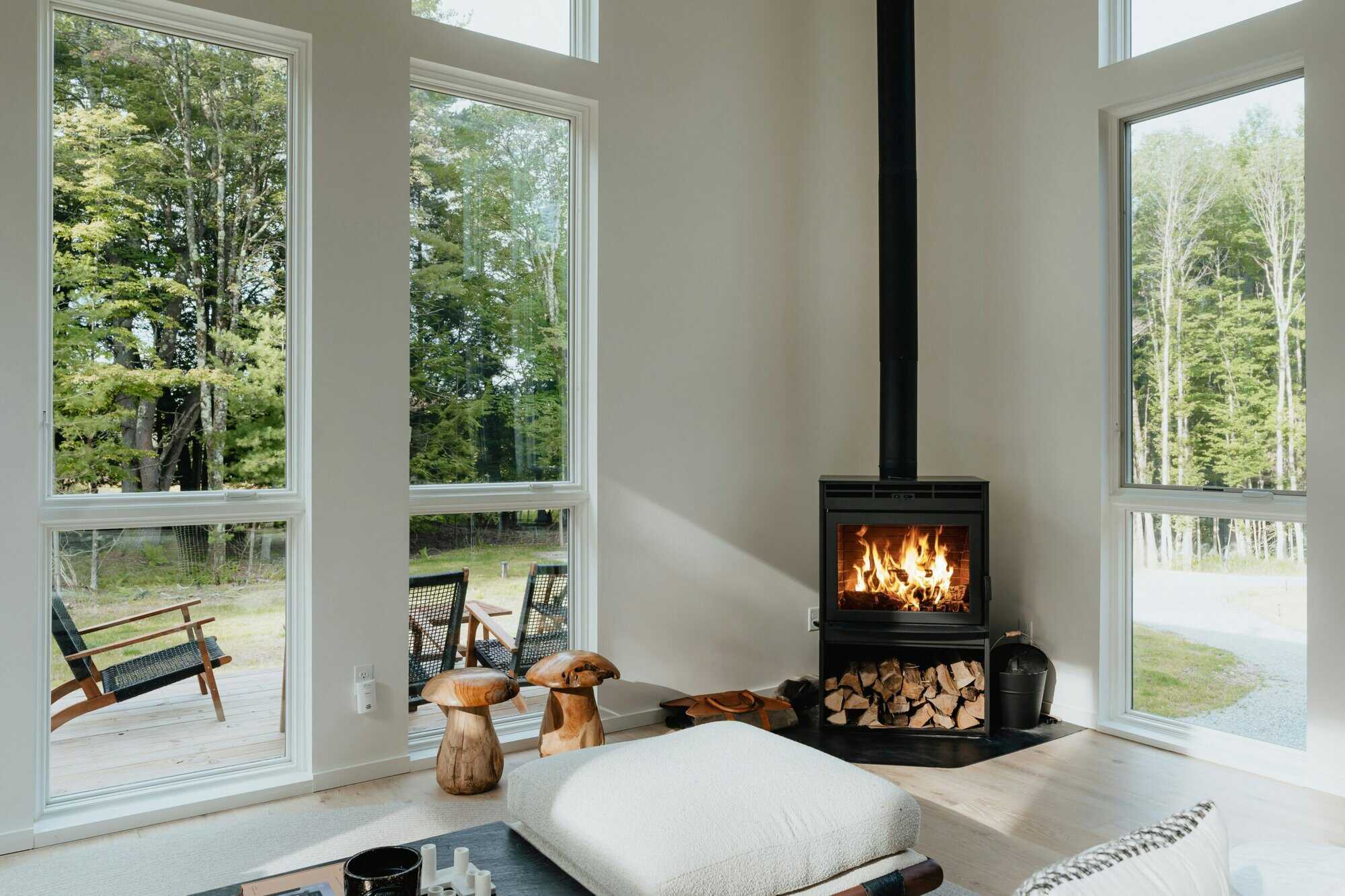Article
26. juni 2025 · 5 min
Is It Worth Getting a Wood Burning Stove?
Wondering if a wood-burning stove is worth the investment? Explore the pros and cons, from cost and maintenance to emissions and efficiency — and see how chimney fans and particle filters can enhance performance and comfort.

A wood-burning stove can be an attractive heating solution for homeowners looking for cost-effective, independent, and efficient warmth. While the appeal of a cosy fire and lower heating bills is strong, there are several factors to consider, including costs, maintenance, environmental impact, and efficiency.
This article will explore whether a wood-burning stove is the right choice and how the right technology can improve its overall performance.
What Are the Benefits of a Wood Burning Stove?
One of the primary reasons people invest in a wood-burning stove is its cost-effectiveness. Firewood is often a cheaper alternative to gas or electricity, particularly in regions where energy prices are high. Unlike central heating, a wood-burning stove allows for targeted heating, meaning you only warm the areas of the home that need it.
Beyond financial savings, a stove provides energy independence. As it does not rely on the power grid, it ensures heat availability even during power outages, making it a practical choice in rural or remote areas. Additionally, modern stoves are designed to maximise heat output, with some models achieving efficiency levels of up to 80 percent, making them an effective heating option for large spaces.
The atmosphere and comfort a wood-burning stove provides is another major advantage. The sight of a real flame and the radiant warmth contribute to a cosy and inviting home environment, which is difficult to replicate with other heating sources. However, to ensure these benefits, proper draught control is essential to avoid issues like smoke leakage, inefficient burning, and excessive soot build-up.
What Are the Costs and Maintenance Considerations?
While wood-burning stoves offer several advantages, they also require a financial commitment. The initial cost varies depending on size, material, and efficiency, typically ranging between £500 and £3,000. Installation costs should also be factored in, especially if modifications to the chimney or flue system are required. Ensuring professional installation is crucial to meeting safety and regulatory standards.
Running costs depend on firewood supply and quality. Well-seasoned hardwood burns more efficiently, providing longer-lasting heat with fewer emissions. Some homeowners have access to their own firewood supply, while others must account for ongoing fuel expenses.
Maintenance is another key consideration. Over time, soot and creosote build-up can not only reduce the stove’s efficiency but also increase the risk of chimney fires. Regular cleaning is necessary, but a more effective solution is optimising draught conditions.
For homeowners struggling with smoke issues, soot on the stove glass, or difficulties lighting the fire, installing a chimney fan from Exodraft can make a significant difference. A chimney fan ensures:
- A stable and adjustable draught, reducing smoke problems.
- Better combustion, which means cleaner glass and lower soot build-up.
- Easier ignition and refuelling, eliminating backdraught issues.
By improving chimney performance, a chimney fan reduces maintenance needs and enhances user comfort, ensuring better efficiency and a cleaner stove.

How Does a Wood Burning Stove Affect the Environment?
Wood burning, while a natural heat source, produces fine particles and pollutants that can impact air quality if not properly controlled. Older stoves and open fires generate high levels of harmful particles, while modern wood-burning stoves are designed to burn more efficiently and meet stricter environmental standards.
For homeowners who want to reduce emissions and improve air quality, an electrostatic filter is an effective solution. Unlike a chimney fan, which controls airflow, an electrostatic filter is specifically designed to:
- Capture up to 95 percent of harmful particles before they exit the chimney.
- Ensure compliance with environmental regulations regarding air pollution.
- Improve air quality for both the household and the surrounding area.
Both chimney fans and electrostatic filters provide significant benefits, but they serve different purposes. Those seeking better draught control and improved combustion should consider a chimney fan, while those focusing on reducing emissions should opt for an electrostatic filter.
How to Maximise Efficiency with a Wood Burning Stove?
To get the most out of a wood-burning stove, it is essential to optimise its performance through correct installation, efficient burning techniques, and proper draught control. One of the most common issues homeowners face is unreliable chimney draught, which leads to poor combustion, smoke backflow, and heat loss.
A chimney fan helps by:
- Creating a consistent and adjustable draught for improved combustion.
- Reducing soot and creosote build-up, lowering maintenance requirements.
- Ensuring optimal fuel usage, which reduces wood consumption.
Meanwhile, if the primary concern is reducing harmful emissions, installing an electrostatic filter will effectively capture fine particles, helping to maintain cleaner indoor and outdoor air.
Alongside draught management solutions, homeowners should also:
- Stack logs correctly for better airflow.
- Avoid overloading the stove, as this restricts oxygen supply.
- Ensure the chimney is cleaned regularly to prevent blockages.
By selecting the right technology for their needs, homeowners can ensure their wood-burning stove operates efficiently, cleanly, and with minimal effort.
Conclusion
A wood-burning stove can be a cost-effective and reliable heating source when installed and maintained correctly. While there are upfront costs and maintenance requirements, the benefits of efficient heating, independent energy supply, and enhanced comfort make it a worthwhile investment for many homeowners.
However, achieving optimal efficiency and reducing emissions requires the right draught management solutions. Those experiencing smoke problems and inefficient combustion will benefit from a chimney fan, while those looking to reduce harmful emissions should consider an electrostatic filter.
For homeowners looking to install or optimise a wood-burning stove, an authorised Exodraft dealer can provide guidance on the best solutions for draught control and emissions reduction.

exodraft

